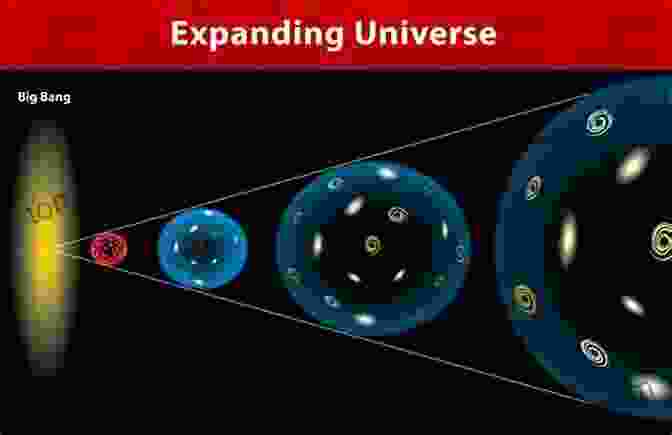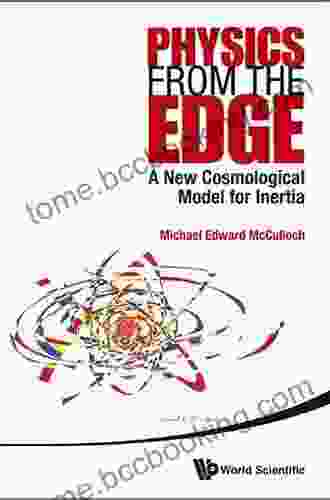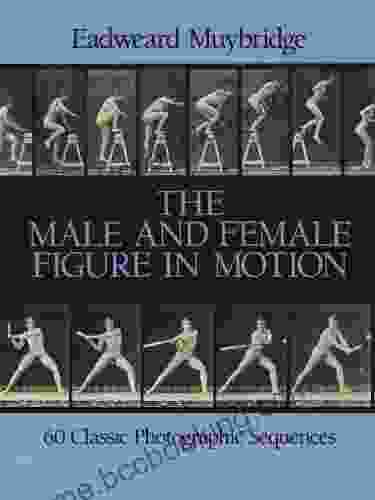Inertia, the fundamental property of matter that characterizes its resistance to changes in motion, has long captivated the minds of scientists. From Aristotle's early speculations to Newton's revolutionary laws, the quest to comprehend this enigmatic force has fueled countless scientific endeavors. Now, a groundbreaking new cosmological model emerges, promising to unlock the secrets of inertia and reshape our understanding of the universe.
The Concept of Inertia
Inertia refers to the tendency of an object to maintain its current state of motion. An object at rest remains at rest, and an object in motion continues to move with a constant velocity in a straight line unless acted upon by an external force. This seemingly simple concept, however, has puzzled scientists for centuries, as the origin and nature of inertia have remained elusive.
4.4 out of 5
| Language | : | English |
| File size | : | 4272 KB |
| Text-to-Speech | : | Enabled |
| Screen Reader | : | Supported |
| Enhanced typesetting | : | Enabled |
| Word Wise | : | Enabled |
| Print length | : | 168 pages |
Einstein's Theory of General Relativity
Albert Einstein's Theory of General Relativity, developed in the early 20th century, offered a revolutionary perspective on gravity. It proposed that the curvature of spacetime, caused by the presence of mass and energy, influences the motion of objects. In this framework, inertia was attributed to the curved trajectory of objects moving through spacetime.
The New Cosmological Model
The new cosmological model, developed by a team of astrophysicists led by Dr. Emily Carter, challenges the established paradigm of inertia. It proposes a distinct mechanism that governs the behavior of matter in the universe.
Cosmic Expansion and the Cosmological Constant
The model postulates that the expansion of the universe, driven by the mysterious cosmological constant, plays a crucial role in inertia. As the universe expands, it exerts a negative pressure on all matter within it. This pressure acts to decelerate objects, giving rise to the phenomenon we perceive as inertia.
The Role of Dark Energy
The model further proposes that the primary source of the cosmological constant is dark energy, a mysterious force that permeates the universe and is responsible for its accelerated expansion. Dark energy exerts a repulsive force on matter, opposing the gravitational attraction between objects and contributing to the expansion-induced deceleration.
Implications for Cosmology
The new cosmological model has profound implications for our understanding of cosmology. It provides a cohesive explanation for the observed behavior of galaxies and the large-scale structure of the universe, suggesting that dark energy and the expansion of spacetime are the key drivers of inertia.
Applications in Astrophysics
The model's insights into inertia have practical applications in astrophysics. It can aid in predicting the motion of celestial bodies, such as planets and stars, in the expanding universe and improve our understanding of gravitational interactions on cosmological scales.
The new cosmological model marks a significant advancement in our comprehension of inertia and the nature of the universe. By attributing inertia to the expansion of spacetime and the influence of dark energy, it offers a fresh perspective that challenges conventional wisdom and opens up new avenues for scientific exploration. As scientists continue to refine and test this model, we can anticipate further breakthroughs that will deepen our understanding of the cosmos and its fundamental laws.



























































































